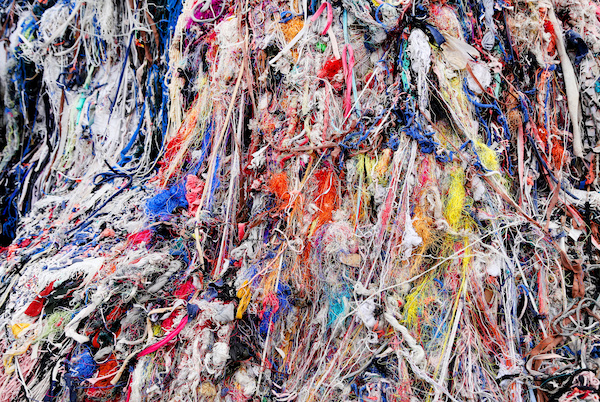Fashion
Fashion for Good looks to increase investment in Asia
The respected Dutch nonprofit is behind two initiatives to create a less exploitative and more sustainable model for Asia’s textile and garment industries. Read More
Amsterdam blazes a trail for circular fashion
With a supportive local government and a thriving fashion startup scene, the Dutch city has taken the lead in circular textile innovation. And it wants more innovators to join. Read More
Regenerative agriculture won’t solve the fashion industry’s pollution problems
The fashion industry is focusing on crops when it should be focusing on its business model. Read More
Lululemon, LanzaTech are reshaping carbon waste into fabric
One of Lululemon’s goals is to make 100 percent of its products with sustainable materials and end-of-use solutions, toward a circular ecosystem by 2030. Read More
A circular economy requires community, and communities are built through storytelling
Some apparel brands are distinguishing themselves by using traceabilty technologies to create closer connections with consumers and prioritize a more circular approach. Read More
Durability is back in fashion
More than 50 percent of consumers intend to make long term changes to their fashion consumption, aiming to buy less and make their clothing last longer. Read More
Keeping fashion workers in the loop
Three questions on how to advance a circular fashion industry that works for all. Read More
Canada Goose is down with sustainable materials alternatives
The performance luxury brand evaluated every material is uses and is planning to use a more sustainable version. Read More
A look at Mulberry's plans to develop world's 'lowest carbon leather'
The British fashion brand launched ‘made to last’ sustainability manifesto geared at transforming into a fully regenerative and circular business model by 2030. Read More
To fix fashion’s sustainability problem, we need a little less conversation and a little more action
Sponsored: The industry is on the verge of a climate revolution, but progress is getting bogged down by semantics and distracted by low-hanging fruit. Read More









